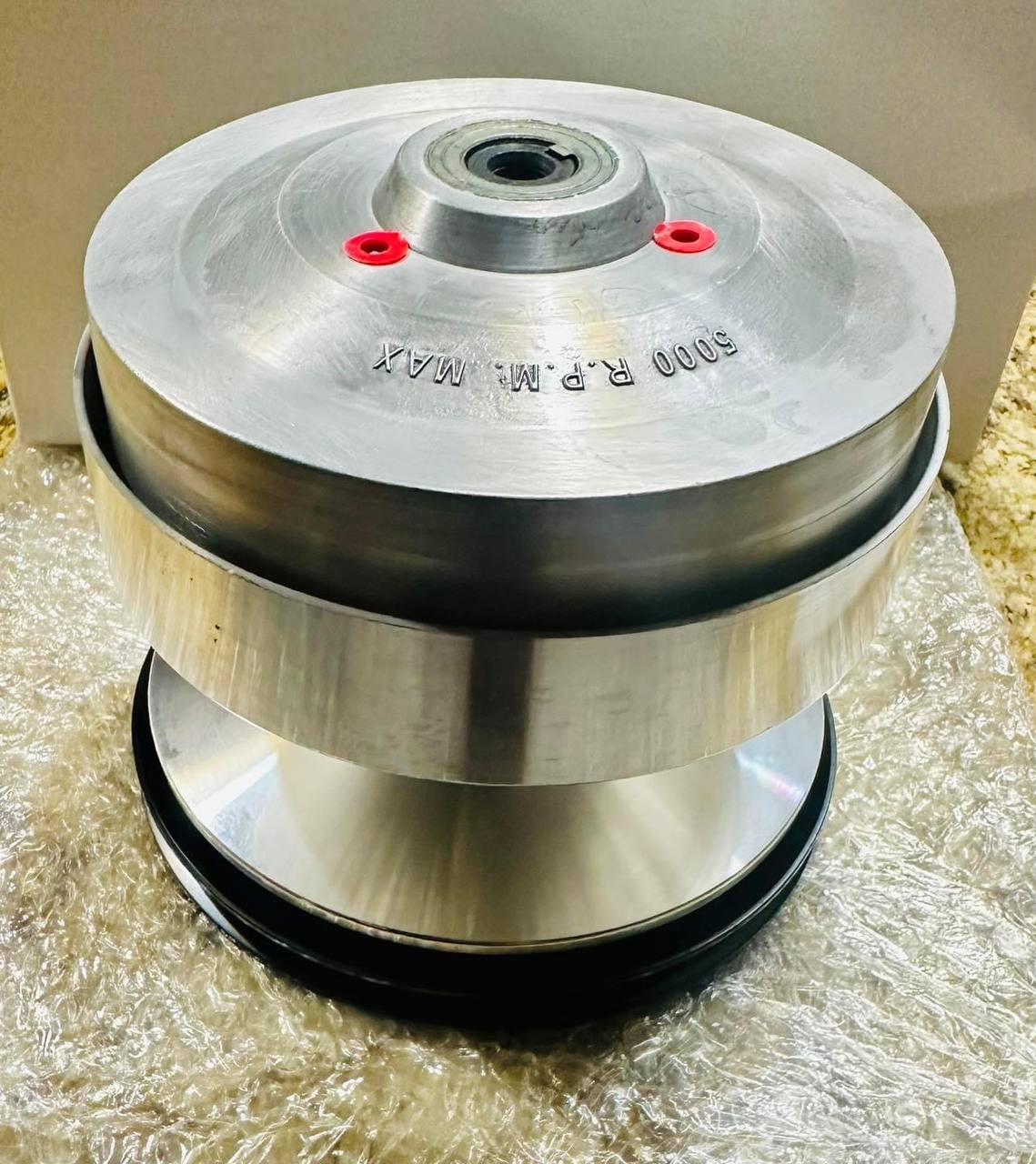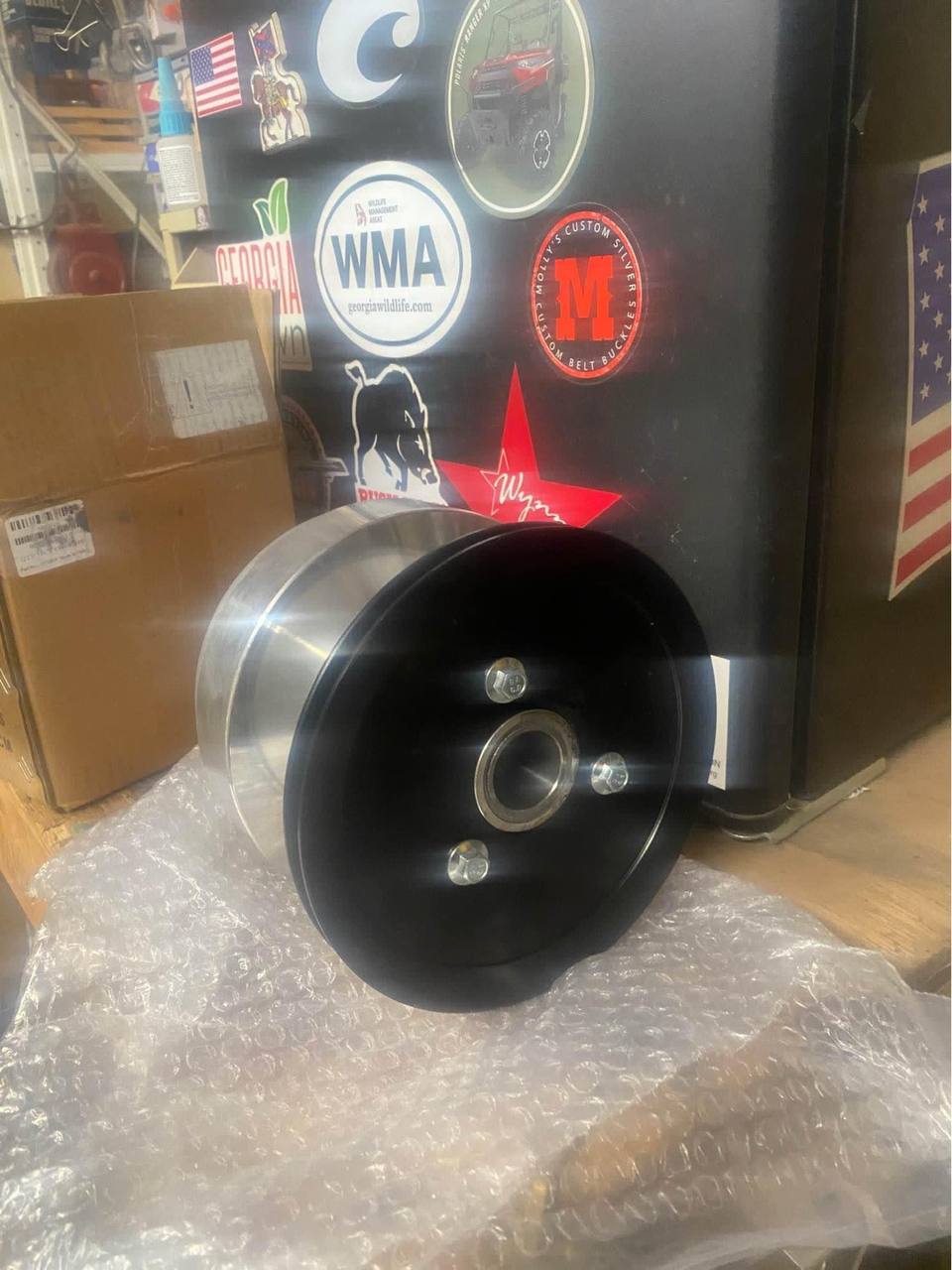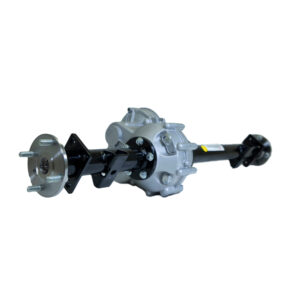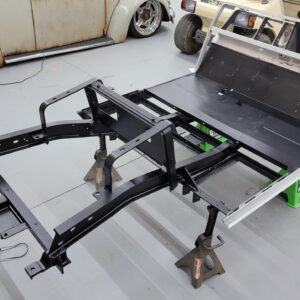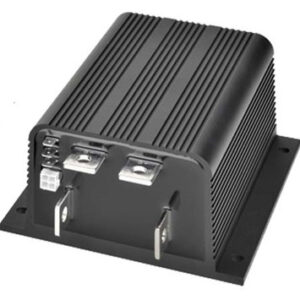Description
Club Car DS Primary Clutch Precision, Performance, and Reliability
The Club Car DS primary clutch is a vital component designed to maximize the performance and efficiency of your Club Car DS vehicle. Engineered for precision and durability, it delivers smooth power transfer from the engine to the drivetrain, ensuring optimal acceleration, torque management, and overall driving performance.
Whether navigating golf courses, utility terrains, or recreational paths, a properly functioning primary clutch is essential for maintaining consistent speed control, reducing engine strain, and improving fuel or energy efficiency. Investing in a high-quality Club Car DS primary clutch means your vehicle operates reliably under all conditions while requiring minimal maintenance.club car onward lithium
Key Features of the Club Car DS Primary Clutch
Understanding the primary clutch’s features reveals why it stands out from generic alternatives:
-
Precision Engineering: Designed for seamless power transfer, balancing acceleration with torque management.
-
Durable Construction: Crafted with high-quality materials to withstand heat, stress, and long-term use.
-
Consistent Performance: Maintains efficiency under varying loads and terrain types.
-
Low Maintenance: Engineered for reliability, requiring minimal intervention during standard operation.
-
Enhanced Safety: Smooth engagement reduces abrupt acceleration, enhancing driver control.
-
Optimized Compatibility: Specifically designed for Club Car DS models, ensuring perfect fit and function.
These features combine to deliver reliable, smooth, and efficient operation, making the primary clutch a cornerstone of your vehicle’s performance.
Benefits of Upgrading or Replacing the Primary Clutch
Installing or upgrading to a high-quality Club Car DS primary clutch offers several advantages:
1. Enhanced Acceleration Control
The clutch ensures smooth and predictable acceleration. By regulating torque transfer efficiently, it prevents sudden jerks, reduces wear on the drivetrain, and allows for better control in tight turns or inclines.
2. Improved Vehicle Efficiency
A properly functioning clutch minimizes energy loss between the engine and drivetrain. Electric models benefit from longer battery life, while gas-powered variants experience optimized fuel consumption.
3. Reduced Maintenance Needs
High-quality materials and precision design reduce wear and tear, leading to fewer replacements or repairs. Regular inspection and minor adjustments maintain peak performance.
4. Versatility Across Conditions
From smooth golf course terrain to hilly or uneven surfaces, the primary clutch adapts seamlessly, delivering consistent performance regardless of the load or terrain.




Specifications of the Club Car DS Primary Clutch
Knowing the technical specifications ensures proper selection and installation:
-
Compatibility: Club Car DS models (specific years may vary)
-
Material: High-strength metals with heat-resistant coatings
-
Torque Handling: Designed to manage engine torque effectively without slippage
-
RPM Range: Optimized for smooth acceleration and consistent speed control
-
Weight: Lightweight yet robust for durability and performance
-
Maintenance Interval: Minimal with regular inspection and cleaning
These specifications highlight the clutch’s engineered durability, efficiency, and reliability.
Installation and Maintenance Guidelines
Correct installation and routine care are essential for achieving optimal performance.
Installation Steps
-
Remove the existing primary clutch carefully, avoiding damage to the engine and surrounding components.
-
Align the new Club Car DS primary clutch according to manufacturer specifications.
-
Secure mounting bolts firmly while maintaining proper alignment.
-
Reconnect any necessary components, checking for secure fitment.
-
Test under low-load conditions before full operation to ensure smooth engagement.
Maintenance Tips
-
Inspect the clutch periodically for signs of wear or heat damage.
-
Clean components to prevent debris accumulation that can impair engagement.
-
Lubricate moving parts as recommended by the manufacturer.
-
Monitor performance, particularly acceleration and engagement, for early signs of issues.
Routine care maximizes longevity, performance, and safety.lifted golf carts
Why Choose a Club Car DS Primary Clutch
Compared to generic aftermarket options, the Club Car DS primary clutch offers:
-
Precision Fit: Designed for specific DS models, ensuring optimal function.
-
Durability: Premium materials resist wear, heat, and mechanical stress.
-
Enhanced Efficiency: Smooth torque transfer reduces energy loss and drivetrain strain.
-
Reliable Performance: Consistent acceleration and operation under all conditions.
-
Support and Parts Availability: Genuine replacement parts and technical guidance from Club Car support channels.
Maintenance, Longevity, and Upgrades for the Club Car DS Primary Clutch
Ensuring Long-Term Performance
The Club Car DS primary clutch is engineered for reliability, but routine maintenance ensures maximum performance and longevity. A well-maintained clutch improves acceleration, reduces drivetrain wear, and prevents costly replacements. Users benefit from simple, systematic practices that preserve functionality while enhancing efficiency.
Maintenance emphasizes preventive care, which minimizes downtime and extends the service life of your vehicle. Addressing minor issues proactively avoids mechanical failure and maintains smooth, responsive performance across various terrains.
Routine Maintenance Practices
1. Visual Inspections
Regular visual inspections help identify early signs of wear or damage:
-
Check the drive face for grooves, heat marks, or uneven surfaces.
-
Inspect rollers and weights for cracks, wear, or displacement.
-
Examine springs for tension consistency and signs of fatigue.
-
Ensure the housing is free from debris or corrosion that could interfere with clutch movement.
2. Cleaning and Lubrication
Maintaining clean and well-lubricated components ensures smooth operation:
-
Use a clean, dry cloth to remove dirt and dust from the clutch housing.
-
Apply manufacturer-recommended lubricants to bearings and moving parts.
-
Avoid over-lubrication, which can attract debris and impair performance.
3. Belt Maintenance
Since the primary clutch works closely with the belt:
-
Inspect the belt for fraying, cracks, or stretching.
-
Adjust tension as required to prevent slippage.
-
Replace worn belts promptly to maintain consistent engagement and prevent damage to the clutch or drivetrain.
Troubleshooting Common Issues
Even high-quality clutches may encounter issues over time. Common problems and solutions include:
-
Belt Slippage: Check belt condition and tension; replace worn belts.
-
Delayed Engagement: Inspect rollers and springs for wear; clean housing to remove debris.
-
Noise or Vibration: Verify sheave alignment and check bearings; lubricate as needed.
-
Overheating: Ensure ventilation is clear and that components are not overloaded.
Proper troubleshooting preserves efficiency, prolongs lifespan, and ensures safety for all users.
Upgrades and Performance Enhancements
For those seeking advanced performance, several enhancements are available for the Club Car DS primary clutch:
-
High-Performance Springs: Improve engagement responsiveness for faster acceleration.
-
Upgraded Rollers or Weights: Enhance torque transfer and reduce slippage.
-
Performance Belt Kits: Optimized belts reduce wear and improve clutch efficiency.
-
Cooling Accessories: Prevent heat-related performance degradation during extended or heavy-duty use.
-
Electronic Control Integration: Fine-tune torque delivery and optimize overall drivetrain efficiency.
These upgrades allow users to customize clutch performance according to their specific driving needs, whether for recreational, commercial, or utility applications.club car diesel 4×4 for sale
User Testimonials and Real-World Applications
Practical experiences highlight the reliability and performance of the Club Car DS primary clutch:
-
“Installing a genuine Club Car DS primary clutch transformed my golf cart’s acceleration. Hills feel effortless, and the ride is smooth every time.” – Alex T., Golf Course Operator
-
“I upgraded the rollers and springs, and the clutch responded immediately. The vehicle feels more responsive, and I’ve noticed less belt wear over several months of use.” – Jamie L., Recreational Vehicle Enthusiast
-
“Regular inspection and cleaning have kept my clutch performing flawlessly. Minimal maintenance ensures I spend more time riding and less time repairing.” – Priya S., Utility Vehicle User
These testimonials confirm the clutch’s durability, efficiency, and adaptability across diverse environments and use cases.club car premium seats
Integration with Vehicle Systems
The Club Car DS primary clutch integrates seamlessly with other vehicle components:
-
Drive Systems: Works harmoniously with CVT or belt-driven transmissions for smooth torque transfer.
-
Engine Components: Synchronizes with engine output for consistent power delivery.
-
Accessory Compatibility: Supports add-ons like towing kits or cargo modules without compromising clutch performance.
-
Safety Systems: Smooth engagement reduces sudden acceleration, enhancing driver control and passenger safety.
Component Analysis and Performance of the Club Car DS Primary Clutch
Understanding the Components
The Club Car DS primary clutch is more than a simple mechanical device; it is a precision-engineered system designed to regulate power transfer from the engine to the drivetrain. Its performance depends on the quality and interaction of its individual components.
Key Components
-
Drive Face: The main interface that contacts the belt, ensuring smooth torque transfer.
-
Sheaves: Adjustable components that expand or contract to modulate engine speed and belt tension.
-
Springs: Precision springs control engagement force, providing smooth acceleration.
-
Rollers or Weights: Move within the clutch to adjust belt positioning based on engine RPM.
-
Housing: Durable metal casing protects internal components from dust, debris, and mechanical stress.
Each component is engineered to work in harmony, ensuring consistent performance and long-term reliability.
Mechanical and Electrical Synergy
While primarily mechanical, the primary clutch interacts with electrical and electronic components in electric Club Car DS models. For gas-powered vehicles, mechanical precision alone ensures smooth operation.
Mechanical Precision
The clutch’s sheaves, rollers, and springs work together to regulate belt tension dynamically. This mechanism:
-
Prevents engine overload during acceleration.
-
Reduces wear on the belt and drivetrain.
-
Maintains consistent torque under varying load conditions.
Electrical Integration
In electric Club Car DS models, the clutch must synchronize with motor controllers and battery management systems. Proper engagement ensures:
-
Efficient energy transfer from battery to drivetrain.
-
Smooth start-up acceleration without excessive current draw.
-
Reduced heat generation and minimized energy loss.
By combining mechanical precision with electrical coordination, the primary clutch optimizes overall vehicle performance.
Real-World Performance Insights
Performance testing demonstrates the effectiveness of the Club Car DS primary clutch under diverse conditions:
-
Acceleration Tests: Provides smooth, linear acceleration without abrupt jerks, improving driver control and passenger comfort.
-
Load Handling: Maintains torque and speed even when the vehicle carries heavy payloads, ensuring reliable operation in utility or golf course applications.
-
Temperature Tolerance: Engineered to perform under high heat, preventing belt slippage or mechanical stress.
-
Terrain Adaptability: Performs consistently on flat surfaces, slopes, and uneven terrain, maintaining vehicle responsiveness.
These tests highlight the clutch’s versatility, efficiency, and durability, which are critical for both recreational and commercial applications.
Troubleshooting and Optimization
Even high-quality Club Car DS primary clutches benefit from routine troubleshooting to ensure peak performance.
Common Issues
-
Belt Slippage: Often caused by worn rollers, springs, or improper tension.
-
Delayed Engagement: May result from weakened springs or buildup of debris.
-
Unusual Noise: Indicates misaligned sheaves, worn bearings, or contamination inside the housing.
Troubleshooting Steps
-
Inspect the belt for wear and replace if necessary.
-
Check roller movement and spring tension for proper operation.
-
Clean housing and internal components to remove dirt or debris.
-
Lubricate bearings if applicable and ensure smooth rotation.
-
Test under low-load conditions to confirm proper engagement before full operation.
Optimization Tips
-
Upgrade Springs or Rollers: For more responsive engagement in performance or utility vehicles.
-
Regular Cleaning: Prevent debris from affecting belt tension or sheave operation.
-
Periodic Inspection: Identify wear early to avoid costly replacements.
-
Alignment Checks: Ensure sheaves and housing are perfectly aligned to maintain smooth operation.
By following these strategies, users maximize performance, extend component lifespan, and maintain safety.
Energy Efficiency, Environmental Impact, and Safety of the Club Car DS Primary Clutch
Optimizing Energy Efficiency
The Club Car DS primary clutch plays a critical role in optimizing vehicle energy efficiency. By efficiently transferring power from the engine to the drivetrain, it reduces energy loss, minimizes unnecessary friction, and enhances overall performance.
For electric models, a smooth and well-calibrated primary clutch ensures longer battery life and consistent acceleration without drawing excessive current. In gas-powered vehicles, the clutch maintains optimal torque delivery, which reduces fuel consumption and mechanical strain.
Key Factors Contributing to Efficiency
-
Precision Component Engineering: Reduces friction and maximizes energy transfer.
-
Dynamic Sheave Adjustment: Modulates belt engagement for smooth, consistent acceleration.
-
Lightweight Materials: Minimize rotational inertia, reducing energy requirements.
-
Integrated Cooling: Prevents heat buildup that can decrease efficiency and wear components.
These factors collectively improve vehicle efficiency, reduce operational costs, and extend the service life of the drivetrain.
Environmental Benefits
The Club Car DS primary clutch contributes to eco-friendly vehicle operation, particularly in electric models. Environmental advantages include:
-
Reduced Emissions: Electric models produce zero tailpipe emissions, lowering environmental impact.
-
Noise Reduction: Smooth clutch engagement reduces operational noise, preserving surrounding environments.
-
Sustainable Energy Use: Efficient torque transfer reduces battery energy consumption, extending recharge intervals.
Gas-powered vehicles equipped with the clutch benefit from optimized fuel usage, reducing greenhouse gas emissions and supporting eco-conscious operation.
Electric vs. Gas Model Performance
Selecting the right powertrain impacts clutch performance and overall vehicle efficiency.
Electric Models
-
Advantages:
-
Instant torque for smooth acceleration
-
Zero emissions for eco-friendly operation
-
Quieter operation for reduced noise pollution
-
Lower long-term operational costs
-
Considerations:
Gas Models
-
Advantages:
-
Longer operating range without recharging
-
Rapid refueling for continuous use
-
Reliable performance under extreme temperatures
-
Considerations:
Transitioning to electric models provides environmental and operational benefits, while gas models remain practical for longer-range and heavy-duty use.
Safety Considerations
Safety is paramount when operating vehicles with the Club Car DS primary clutch. Proper maintenance, installation, and operational awareness are essential.
Key Safety Guidelines
-
Electrical Safety: Inspect wires and connectors regularly on electric models to prevent shorts or shocks.
-
Mechanical Integrity: Ensure mounting bolts, sheaves, and housing are correctly aligned and secure.
-
Thermal Safety: Maintain proper ventilation and cooling to prevent overheating.
-
Load Management: Avoid exceeding manufacturer-recommended weight limits to prevent clutch strain or slippage.
-
Operational Awareness: Train users to accelerate, brake, and maneuver safely to reduce wear and enhance vehicle control.
Following these guidelines ensures the clutch operates reliably, efficiently, and safely for all drivers.
Customer Support, Warranties, Compliance, and Maximizing Value
Comprehensive Customer Support
The Club Car DS primary clutch is backed by industry-leading customer support, ensuring users can rely on technical assistance, replacement parts, and expert guidance when needed. Club Car provides:
-
Technical Assistance: Expert guidance for installation, troubleshooting, and maintenance.
-
Replacement Parts Availability: Genuine components ensure compatibility and performance.
-
Installation Guides and Manuals: Step-by-step instructions simplify setup and maintenance for all users.
-
Customer Service Channels: Phone, email, and online support for quick resolution of issues.
Having access to professional support ensures that the primary clutch maintains optimal performance and longevity, even for users with limited mechanical experience.
Warranties and Coverage
Purchasing a Club Car DS primary clutch comes with warranty coverage that demonstrates the manufacturer’s confidence in quality and reliability:
-
Limited Warranty: Covers defects in materials or workmanship for a specified period.
-
Replacement or Repair: In the event of a defect, authorized service centers can repair or replace the clutch.
-
Extended Warranty Options: Available in certain regions for enhanced coverage and peace of mind.
This warranty assures users that their investment is protected and that reliable performance is guaranteed.
club car onward lithium Industry Certifications and Compliance
The Club Car DS primary clutch meets or exceeds industry standards for performance, safety, and environmental compliance:
-
ISO Certified Materials: Ensures durability and consistent performance.
-
Environmental Compliance: Meets local regulations for emissions and energy efficiency when installed on electric or gas models.
-
Safety Standards: Designed and tested to meet operational safety benchmarks for recreational and utility vehicles.
-
Quality Assurance: Each clutch undergoes rigorous inspection before shipping, guaranteeing high performance.
These certifications confirm that the clutch is engineered for reliability, safety, and environmentally responsible operation.
Real-World Usage Examples
Practical experiences illustrate the performance and versatility of the Club Car DS primary clutch:
-
“Our golf course carts consistently perform well with the genuine Club Car DS clutch. Acceleration is smooth, and maintenance has been minimal even with daily usage.” – Golf Course Manager, Florida
-
“We rely on utility vehicles with upgraded clutches for transporting equipment. The clutch handles heavy loads effortlessly and requires little attention.” – Facility Maintenance Supervisor, Texas
-
“I upgraded my recreational cart with the DS primary clutch, and it has transformed the driving experience. It’s smoother, quieter, and more responsive across various terrains.” – Recreational Vehicle Enthusiast, California
These examples highlight how the clutch delivers consistent performance, efficiency, and reliability in real-world applications.
Tips for Maximizing Value and Longevity
Maintaining and optimizing the Club Car DS primary clutch ensures long-term benefits:
Routine Maintenance
-
Inspect rollers, springs, and sheaves regularly for wear or damage.
-
Keep the clutch clean and free of debris.
-
Lubricate moving parts as recommended to reduce friction.
Proper Installation
Performance Optimization
-
Upgrade rollers, springs, or belts for enhanced acceleration and torque control.
-
Adjust engagement settings for specific terrain or load requirements.
Safe Operation
By following these strategies, users maximize performance, efficiency, and lifespan, achieving optimal value from their investment.

